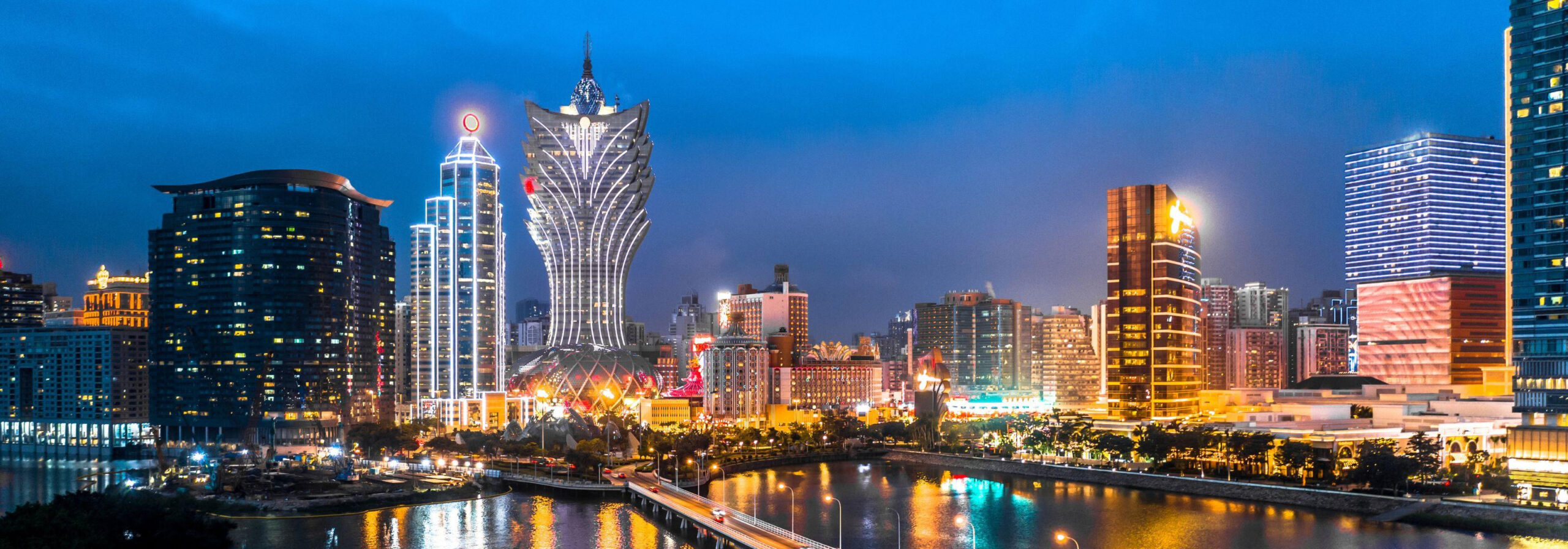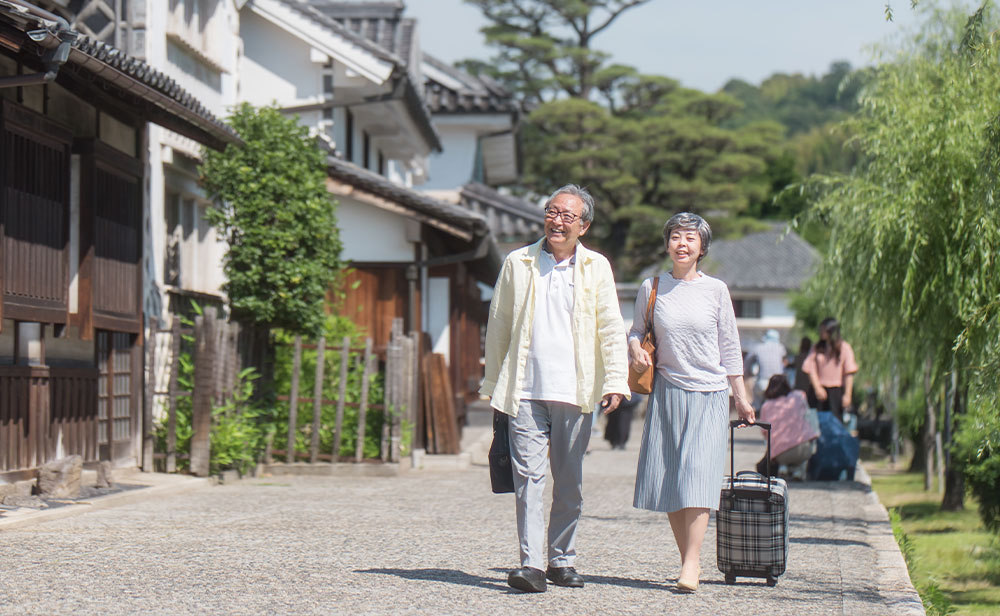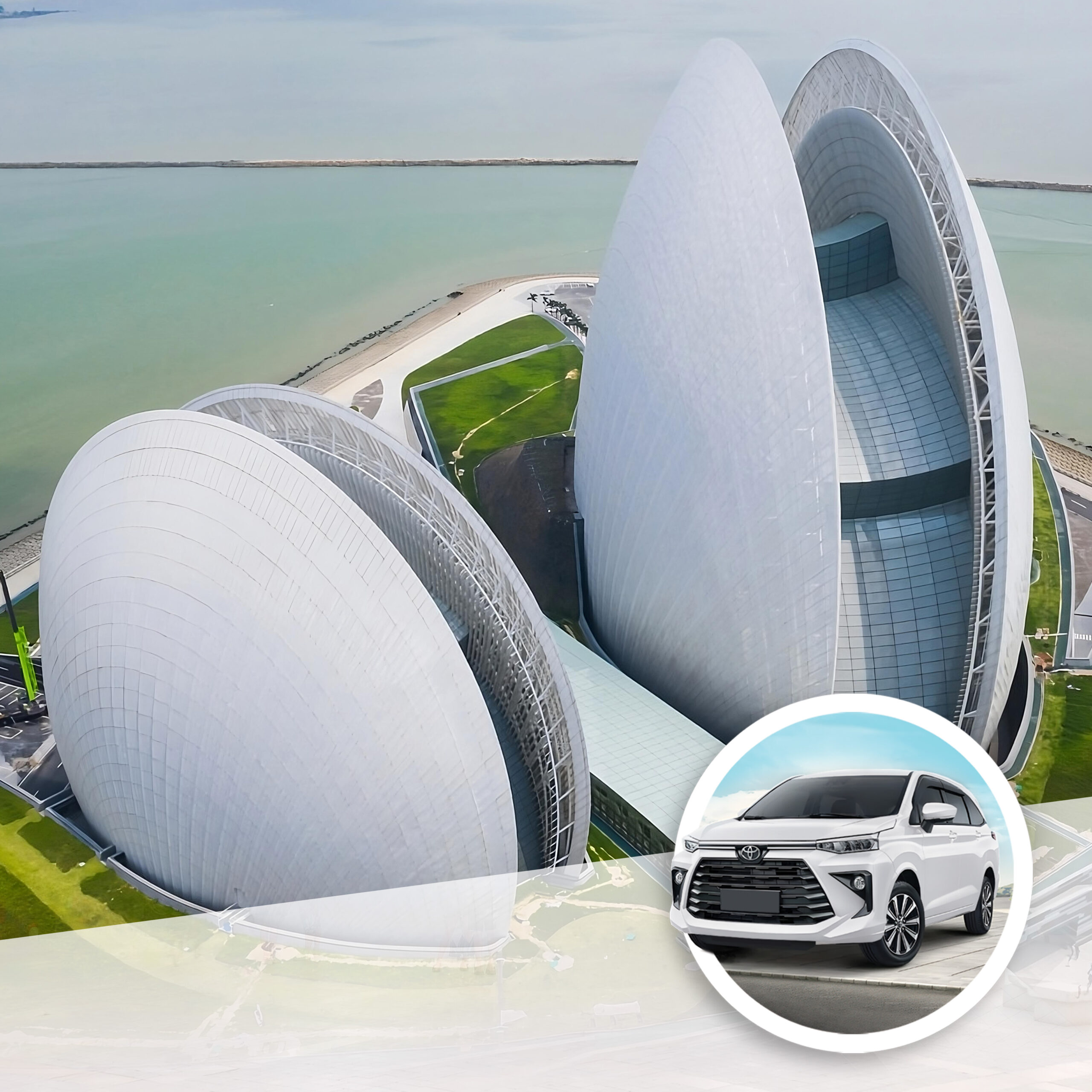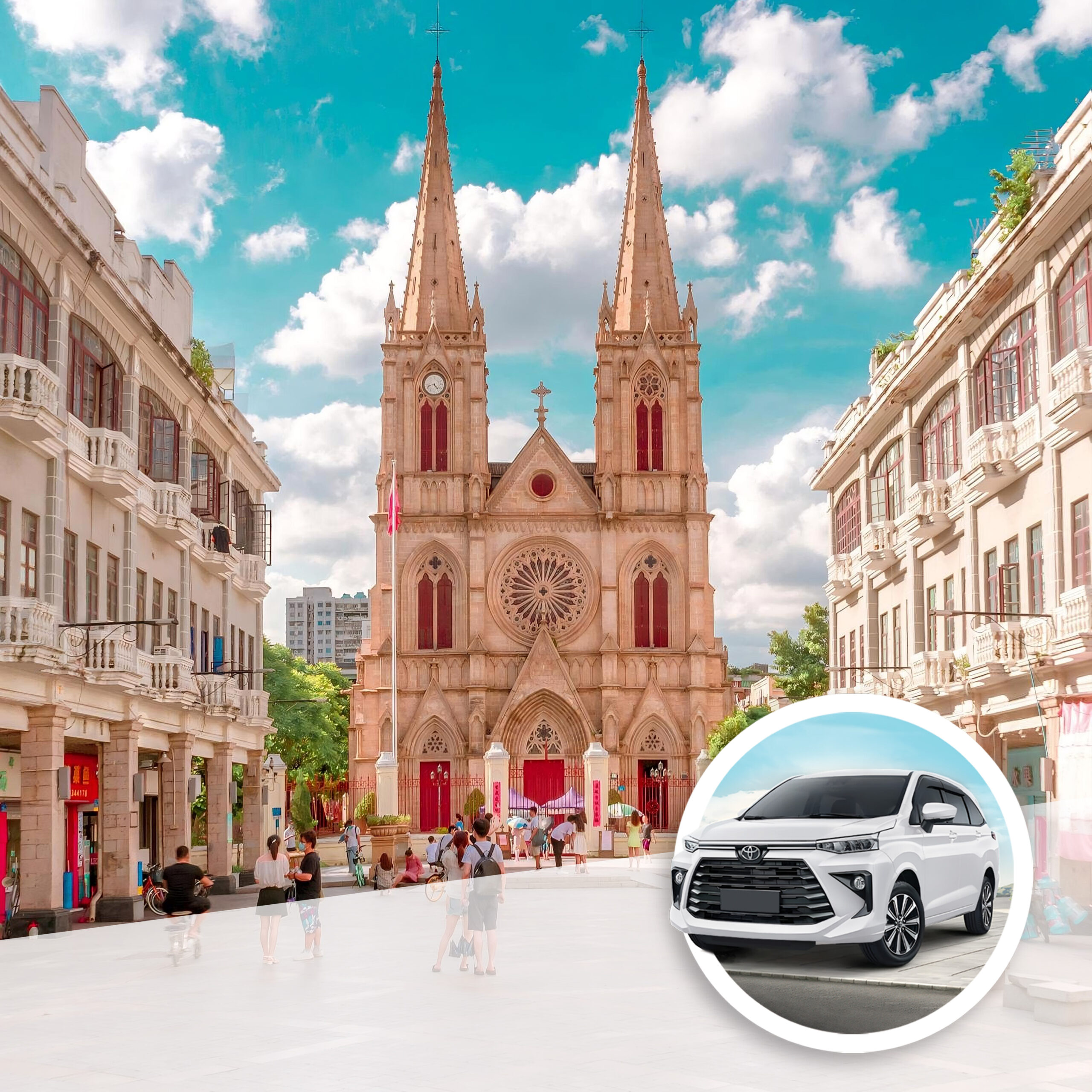The Maa Gok Miu, better known as the A-Ma Temple, is in pride of place near the harbour of Macau. The temple is dedicated to Honoured Mother A-Ma , a goddess revered throughout the South of China. Like neighbouring Hong Kong, Macau has a history of seafaring. The goddess, called Tin Hau in neighbouring Hong Kong, chiefly looks after sailors and those who travel the seas. Although Māzǔ came from Fujian Province, the Macanese have adopted her as their own and, over time, a local version of her story was created. They say that the young girl was looking for free passage from Fujian to Guangdong, but all of the wealthy junk boat captains refused.
A young and poor fisherman offered to take her and once they set off, a huge storm wrecked all of the boats at sea apart from theirs. Her magical blessing brought the two of them to Macau safely, where she vanished. Later, she appeared as a goddess and it is at the spot that she showed herself as divine; where the A-Ma Temple now stands.The temple is the oldest worship site in Macau and was originally built during the Ming Dynasty in 1488. It is one of the most famed of around 1,500 Māzǔ temples in 26 countries around the world. The temple was thriving when the Portuguese arrived in the mid-16th century and many of the buildings you see pre-date their coming. When they arrived, they asked the locals what the name of the land was.
The locals told them Maa Gok, meaning Pavilion of the Mother. Another story tells of the locals saying A-Ma-Gau, meaning Bay of A-Ma, which was then corrupted to Macau. In modern Cantonese it is called Ou Mun, meaning Gateway of the Bay. Regardless of the semantics, the temple is of huge significance and walking up to the front gate, you make ready to cross into the sacred realm that protects the harbour from harm.
You climb the stairs past the two sentinel stone lions that stop evil from entering the complex. Crowds of people form a swell as you enter the Gate Pavilion that proclaims that you are at Maa Zou Gok . The granite gateway is beautifully decorated with ceramic monstrous fish on its curved roof. Passing through the stone portal, you immediately come to a paai lau memorial gate . The flat part of this temple is quite limited and you instantly feel like you have stepped into a tightly packed realm of holy auspicious things. The stone paai lau sits in front of the first building in which to pay respects to the sea goddess. From this position, you see the line of successive pavilions sprawling up Maa Zou San also called Barra Hill.
Known as the First Palace of the Holy Mountain, the first hall is like a chimney and fighting against the billows of joss smoke that is emanating from the chamber with the help of a powerful fan. This is the main prayer hall of the complex and houses an image of A-Ma. The throngs gather around the front and fervently kowtow to the statue that lies hidden behind the wall of incense. Also built with granite, the windows are carved in a lattice design and the roof reflects the over the top curves of the gateway and other buildings in the sanctuary. The upturned roof ridges are a distinctive feature of the temple and look almost sinister in their exaggerated form. Built in 1605, the building was restored in 1629, but has since been repaired multiple times, not least in 1975 in the aftermath of a destructive fire.
From the hall, you walk into the clear air that fills the courtyard of the lower level of the temple. The space is squarely occupied by a large boulder. In front of the boulder, a frame surrounds a tree. Small prayer charms are suspended from the red frame and they flutter and jingle in the breeze. Behind these pretty wishes, the boulder is the canvas for an exquisite relief carving of a lorcha. A lorcha is a traditional junk boat developed in Macau and used on the South China Sea. This one was carved over 400 years ago. It is a representation of the boat that brought A-Ma to Macau and with her the good blessings of the sea. You make your way past a small shrine built into the side of the megalith and begin to climb the zigzag staircase that takes you up Barra Hill.
Rocks carved with devotional poetry mark a fork in the path and, choosing the left one, you come to the Hall of Benevolence . The tiny chamber is the smallest on the compound, but is actually the most significant. This red-painted granite and brick structure traces its origins back to 1488 and is, therefore, the oldest structure. It is built sympathetically and uses the natural rock as part of its design. This spot is the original hall for the worship of A-Ma. The ornate roof, that mirrors those of the other halls, shelters a diminutive dark space. The area is surprisingly quiet compared with the rest of the complex. Poking your head into the room, you see the illuminated image of A-Ma at the back of the altar. To either side of her, carved into the granite, are her four attendants. The two human members of her retinue are the Book Keeper and the Keeper of the Gold Seal. She also has her two demonic guardians, Thousand Li Eyes and Favourable Wind Ears . The rustic carving adds to the charm of the building and you can feel a connection with the peninsula inhabitants who first built this temple.
Crossing the threshold of a circular portal known as a moon gate and climbing yet another set of stairs, you come to the platform that is the base for the Hall of Kun Iam. The view from the platform is exceptional; you can see across the complex and out to the inner harbour of Macau. A ship is passing and you witness first-hand the importance of the location of this temple for seafarers. A sailor would feel protected leaving and entering port as the powers contained within this place watch over their passage. Turning your attention to the hall behind you, you see a rather unexceptional looking building. Appearances, however, can be deceiving and this place is a powerful beacon of kindness across the peninsula. The date of original construction is unknown, but a plaque at the entrance of the building states that it was restored in 1828. Kun Iam is both a Taoist deity and an emanation of Avalokitesvara, the Buddhist Bodhisattva of compassion. This, the highest point of the temple, is the crown and it is fitting that the universally accepted being is housed here to watch out over the land.
Descending back down the hill via the twisting path, you arrive back in the courtyard with the boat carving. Rather than head back to the entrance, you head to the only building that is not in line. The Buddhist temple also happens to be the most remarkable and memorable hall in the temple compound. The largest and most elaborately detailed structure, it is the one used by the tourist board as its poster child. Restored also in 1828, it is a Buddhist Hall, yet has A-Ma as its main focus of worship. This building marks the last building phase of the A-Ma complex and its style is quite different from the rest of the temple. Passing the temple goods shop, you bypass the side entrance in order to view the front.
From the corner of the building, you can see that the main hall of the Buddhist temple is built with a high flush-gable roof with the Fujian-style “wok handle” shape. This is thought to protect the temple from fire, as well as looking good stylistically. At the front, the façade is more in tune with the rest of the temple and has the elaborate roof ridges. It also has colourful reliefs of birds and fantastical lions decorating the architrave under the eaves. Below the friezes and a placard reading “ten thousand faction imperial school” is a fully circular moon gate. This is not for human passage and is the spirit door of the temple. During the day, the metal doors remain open, but at night the door is bolted to stop malicious ghosts from entering.
Entering the hall from the human door, you are immediately thrust into an open roofed courtyard that is filled with smoke from the massive joss stick brazier. Crossing the open space, you enter the hall. Timber placards hang from the roof and in the centre of the altar, A-Ma looks out between two lit up towers of miniature images of the goddess. To her right sits the Dharma Protector Skanda in his full armour and to her left, the earth store Bodhisattva Kṣitigarbha. Lotus candles fill the chamber with moody lighting and the sanctity of the place is hard to ignore. You are blessed with a rare moment of quiet as everyone seems to leave the room. Were you here on the 23rd day of the third lunar month, you would be surrounded by the pandemonium of A-Ma’s birthday celebrations. As it is, you enjoy the peace and quiet before plunging out into the grey day.
Leaving the temple grounds, you take with you the blessing of the young girl turned goddess. You can feel why she is so adored all over the areas that contact the South China Sea. Her influence can be felt throughout the oceanic territory and having visited this place, you have made a connection with the deity and the cultures that revere her. The caring girl who ensures the safety of sea travellers will always hold a place in your heart as you continue on your own journey.













